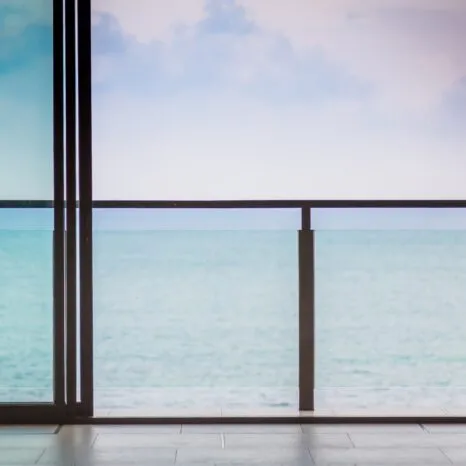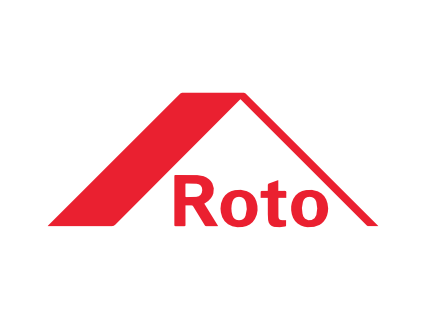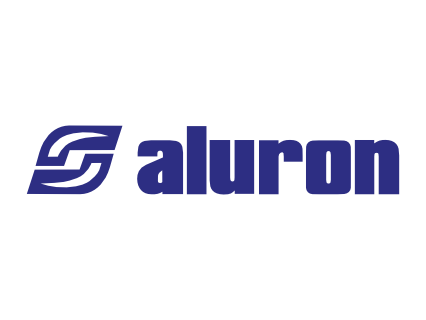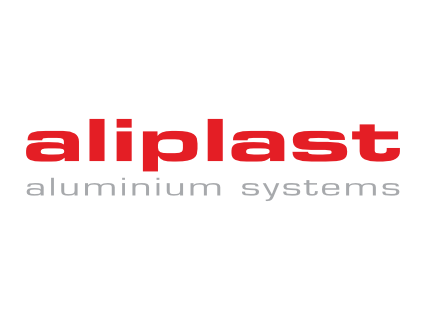Passive and energy efficient homes – what do you need to know about them?

Passive and energy-efficient houses have recently become very popular. These are solutions that offer many benefits, primarily due to the potential for savings associated with significantly lower heating requirements.
In addition, passive and energy-efficient houses are ecological solutions that have a positive impact on the environment. This is because these types of construction contribute to a reduction in carbon dioxide emissions into the atmosphere, and also make it possible to reduce energy consumption on a day-to-day basis. Performance windows play a very important role in passive and energy-efficient construction.
Passive house and energy efficient house – what do these actually mean?
Energy-efficient and passive houses are terms that are often used interchangeably, although there are some differences between these solutions, as discussed later in this article. Such houses are characterised by minimal thermal energy consumption. They are designed to be passive – this means that they are able to function without heating by coal, oil or gas. A passive house is designed to reduce the escape of heat to the outside as much as possible and to insulate the heat that is generated naturally by the occupants and by the sun’s rays. It can therefore be understood that energy-efficient construction involves a reduction in the need for heat.
At this point, it is worth quoting the values that best describe passive and energy-efficient construction. An ordinary house needs 160 kWh/m2 per year to be heated, whereas an energy-efficient house reduces this to 70 kWh/m2 per year and a passive house even to only around 15 kWh/m2 per year. The difference is therefore enormous, and translates significantly into financial savings for the occupants.
Jhat conditions must a passive house and an energy-efficient house fulfil?
Among the conditions to be met by houses built with an energy-efficient and passive design are the following:
- the right shape – a passive house is rectangular and the roof can be pitched at most, whereas an energy-efficient house has more freedom of shape, but again the design should be as simple as possible without using unnecessary roof or wall breaks;
- use of appropriate glazing – in passive and energy-efficient construction, it is very important to position the house in the right direction and to plan the placement correctly windows and doors, the south side of the house should have the most glazed areas, so that a large part of the energy is obtained through sunlight;
- Insulation – it is equally important to properly protect the house against the escape of heat, especially the windows and doors should be insulated – this eliminates possible thermal bridges; in addition, an appropriately thick layer of protective material should be used in all internal partitions, external walls and floors should be protected with thermal insulation with a thickness of approximately 20-40 cm.
Which windows in a passive and energy-efficient home?
As glazing is one of the key elements for green building, many people are asking themselves which windows in an energy-efficient home?
The U-value for passive windows must not be greater than 0.8 W/(m2-K), similarly for external doors and garage doors. In order to protect the house from heat loss in winter and heat gain in summer, it is necessary to equip large windows with covers, such as roller blinds or awnings.

Construction technology – bet on wood
If you are thinking of building an eco-house, you should start by choosing the right production technology. Although ceramic bricks available on the market are an excellent, healthy and ecological material which, moreover, does not cost much, probably the best solution to build a house will be the use of timber structures. Both houses based on a wooden frame (the so-called ‘Canadian’) and log constructions are recommended. The latter, however, can be considerably more expensive. However, wood has the advantage that it regulates temperatures much better. A building made of this material will act as a thermos, thus saving on heating costs.
Ecological and economical construction time
The construction of such a house takes a maximum of six months – here we also save, this time on the loan repayment. If we decide on a house made of wood, the most important point of the construction will be choosing the right team. These should be proven professionals with many years of experience in using this type of technology. The quality of workmanship will influence the performance of a wooden house incomparably more than with traditional technologies.
More and more people are noticing the benefits of building a house, which is to be constructed first and foremost. The cost of such a solution is only about 5% higher, therefore in the coming years, the energy-efficient house will become a standard in the Polish construction industry.



